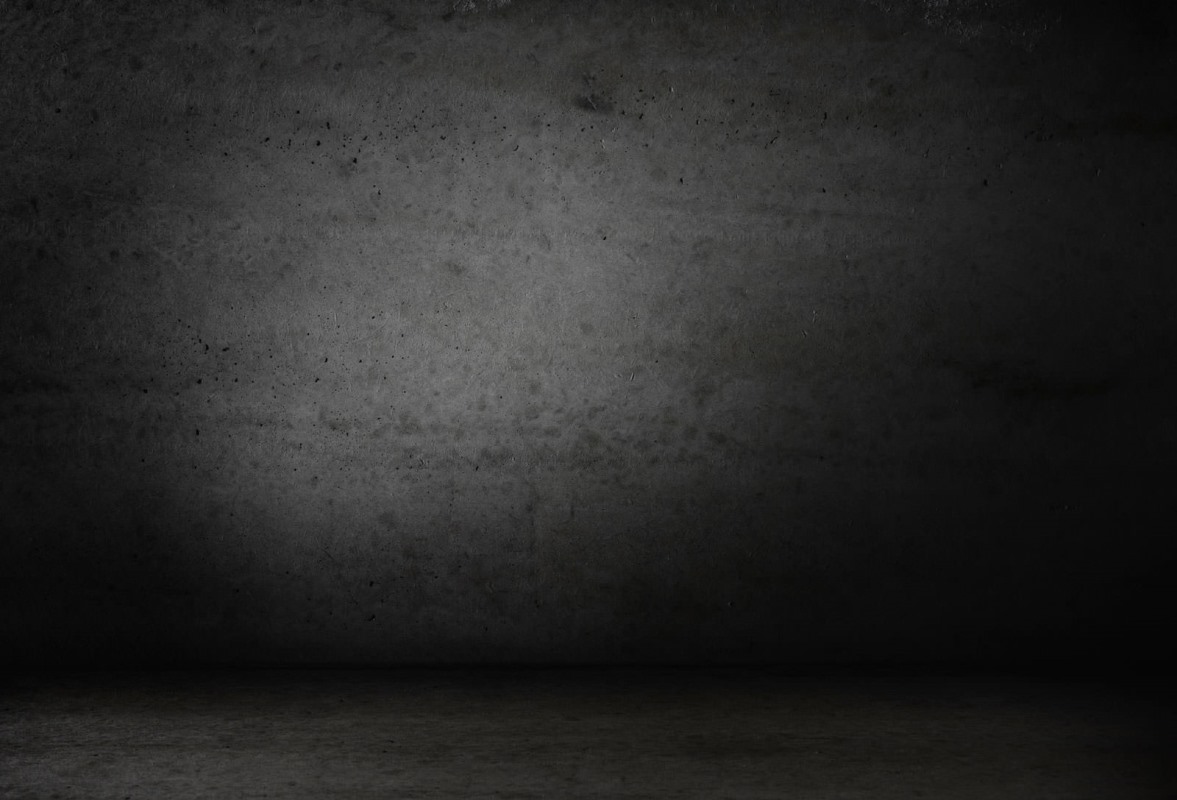

The slow introduction (Largo), almost Masonic in its solemnity, leads
immediately to the openingMolto allegro. It has been suggested thatMozart
borrowed the theme from an opera by Philidor (possibly an aria from
Le
Maréchal Ferrant
of 1761). The latter composer was well known at that time in
Austria, where the French opéra-comique was very much in vogue.
With the first Menuetto we then move from the world of opera to the
world of dancing; the accompanying Trios take the listener by surprise, the
first through its intimate use of a quartet of clarinets and basset horns, the
second in its play of key - after pretending tomove into Gminor, a swift return
is made to the major mode (general mode of the score).
The Adagio is the most admired movement of the whole work. Here the
composer plays on continuity and on the specific differences between the
various instrumental timbres. The three soloists (oboe, clarinet, basset
horn) take it in turn to lead the melody, while the other instruments provide
the accompaniment, ostinato, but with ever-changing colours, as in the
contemplative ensembles that are to be found in Mozart’s operas.
Here Mozart takes to its very height
an instrumental aesthetic based on
imitationof the humanvoice,with its
phrasing, inflexions and colours.
62 MOZART_ENSEMBLE PHILIDOR

















